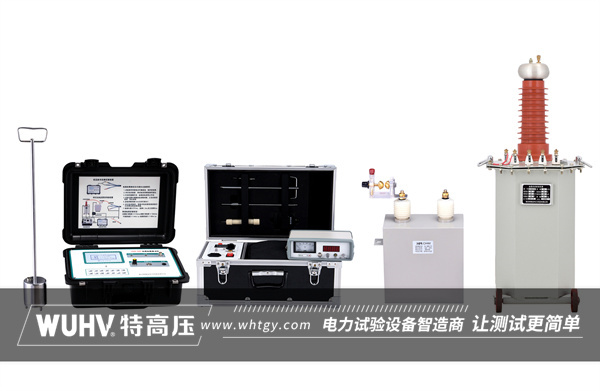The cable fault testerunder Wuhan UHV can help many power workers conduct various power tests more conveniently.

The advantages of directly buried cable laying can be clearly summarized as follows:
Simple and convenient construction:
Direct burial cable laying is the process of burying cables directly underground, parallel to the ground, without the need for additional support structures, reducing construction complexity.
The construction period is short because the steps of directly burying cables are relatively simple and can be completed quickly.
Low investment cost:
Compared to other cable laying methods such as ducts, cable trenches, tunnels, etc., direct buried cable laying does not require additional structures or facilities, resulting in lower investment costs.
The direct burial method avoids a large amount of excavation and construction costs, reducing initial investment.
Good heat dissipation conditions:
The cable is directly buried underground, and the soil has a certain insulation effect on the cable, which is also conducive to the heat dissipation of the cable and maintains its stable operation.
The cable does not come into direct contact with air, reducing the impact of air convection on cable heat dissipation.
High cable safety:
Directly buried cables are not easily damaged by external forces, such as vehicle crushing, human damage, etc., which improves the safety of the cables.
When burying, measures such as setting up protective plates can be taken to further increase the protective layer of the cable and prevent external factors from affecting the cable.
Easy maintenance:
Although fault diagnosis and maintenance of buried cables are relatively difficult, their maintenance workload is relatively small under normal operating conditions.
In the design and construction of buried cables, some measures can be taken (such as setting up marker posts, reserving inspection wells, etc.) to facilitate future maintenance and repair.
Good fire resistance:
After the cable is buried directly, it does not come into direct contact with the air, reducing the possibility of fire.
Even in the event of a fire, soil has a certain flame retardant effect on cables, which can slow down the spread of the fire.
Low environmental impact:
Directly buried cables avoid visual pollution from overhead lines and make the urban landscape cleaner.
The cable is buried underground, reducing the impact of electromagnetic radiation on the environment and organisms.
In summary, direct buried cable laying has the advantages of simple and convenient construction, low investment cost, good heat dissipation conditions, high cable safety, easy maintenance, good fire resistance, and minimal environmental impact. These advantages make direct burial cable laying the preferred cable laying method in many situations. However, it is also necessary to pay attention to the disadvantages of directly buried cables, such as difficulties in fault finding and maintenance, in order to take corresponding measures for prevention and response in design and construction.



















